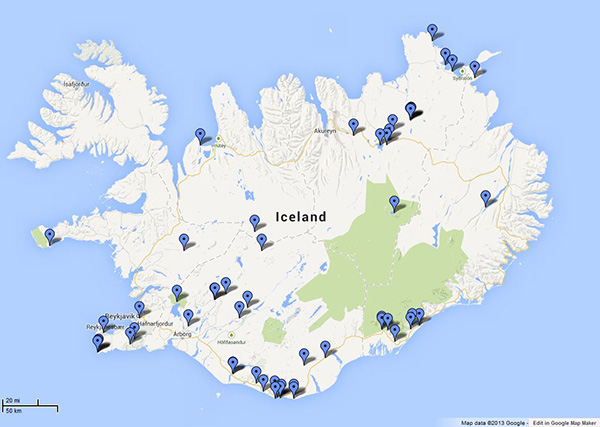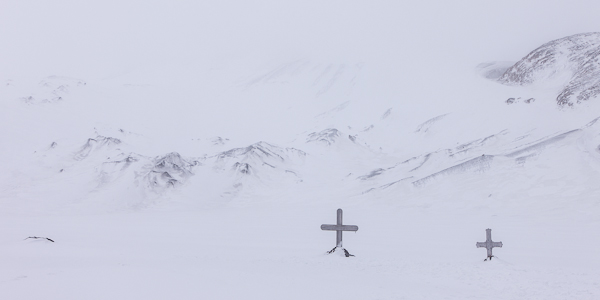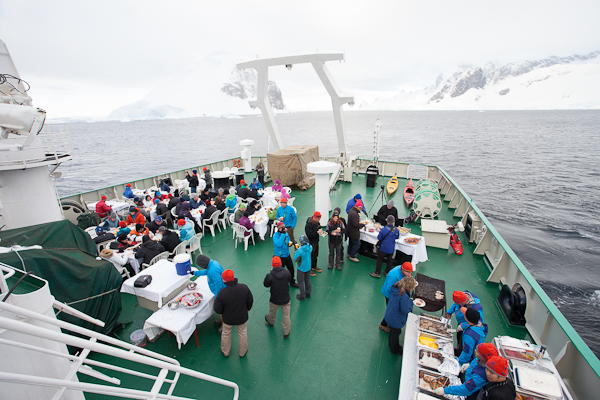My job has me on the road and currently in Grimsby, a port-town in the northeast of England, before heading over to Liverpool, a port town in the northwest. Since I’m spending five out of seven evenings this week in hotels, its time to make good use of the solitude and catch up on planning the trip!
As mentioned in the last post, the itinerary framework is now complete in that periods of time have been allocated to each of the four base camps: Reykjanesbaer, the town of Vik, Skaftafell National Park and Jokulsarlon and then Reykjavik itself. But with five days in Vik alone and four in the Jokulsarlon area this really is the bare bones of a framework and there is still plenty to do to turn it into a trip that makes the best use of the time. Some people like to just turn up and go where providence takes them. It’s a great way to travel and you’re much more likely to experience something unexpected, but for better or worse, I’m not someone who travels that way.
Of the two main base camps Vik offers the biggest challenge simply as there is so much that can be seen within 100km of the town. Nestled at the base of the Kafta volcano, one of Iceland’s largest and most active, and within easy driving distance of Eyjafjallajokull, the volcano that pretty much stopped western and northern European air travel for a week back in 2010, it presents a great base for seeing almost all of the variations in Iceland’s varied landscape.
For a start it’s a costal town that sits on the Reynisfjara beach, a fantastically pitch black volcanic expanse with mouth-wateringly photographic coastline in each direction. If you’re after landscape that’ll show even the largest tour group, let alone a solo traveller, just how massive Iceland’s geologic upheaval has been, then Fjaðrárgljúfur to the east is a safe bet. To the west along route 1 there are the waterfalls Skogafoss, Seljalandsfoss and Glufrafoss, about 60km distant. Not that you have to travel anywhere near that distance to see a waterfall in Iceland – there are simply so many that I defy anyone to find a reliably accurate figure – but as the original itinerary saw me travelling counter-clockwise along route 1 I had many more planned for the east and north of the country and so I was careful not to overdo it in the west and south. Then there’s the curio of the 1973 US Navy plane wreck at Sólheimasandur that no-one can be bothered to remove.
A personal must-see for me is Kötlutangi where, if you look directly south, there is no land mass until Antarctica. There may be nothing to photograph there, but that’s in some ways nicer; I’ll be there just for the experience of looking out to the bottom of the World and a place I miss.
Now it is likely that you’d be able to comfortably see all of these in a couple of days, but I’m not in a great rush and part of the plan for this trip is to operate at the other end of the spectrum to Antarctica. There, we missed a couple of excursions to land due to poor weather and with no slack time in the schedule we simply had to move on. My Iceland schedule was designed from the outset to allow for poor weather and so should the weather mean I can’t get a particular shot, well at least I’ll have another chance. I’m also aware that, when looking at the coastline on Google Maps, it all looks, well, flat. I’m constantly reminding myself that, just because I’ll have a 4WD, that doesn’t mean that I won’t be walking. A lot. Now, walking I’m used to, and hill walking is no real issue, but this will be with a 12Kg camera backpack and on often less-than stable ground. As I’d rather not sprain an ankle, or worse, allowing more time to get from A to B seems a prudent choice.
As it stands, at Vik I feel that I’ve selected enough sites to provide a broad view of Iceland’s diverse landscape, but with some time left to just go exploring to see what I find. Time will tell…








